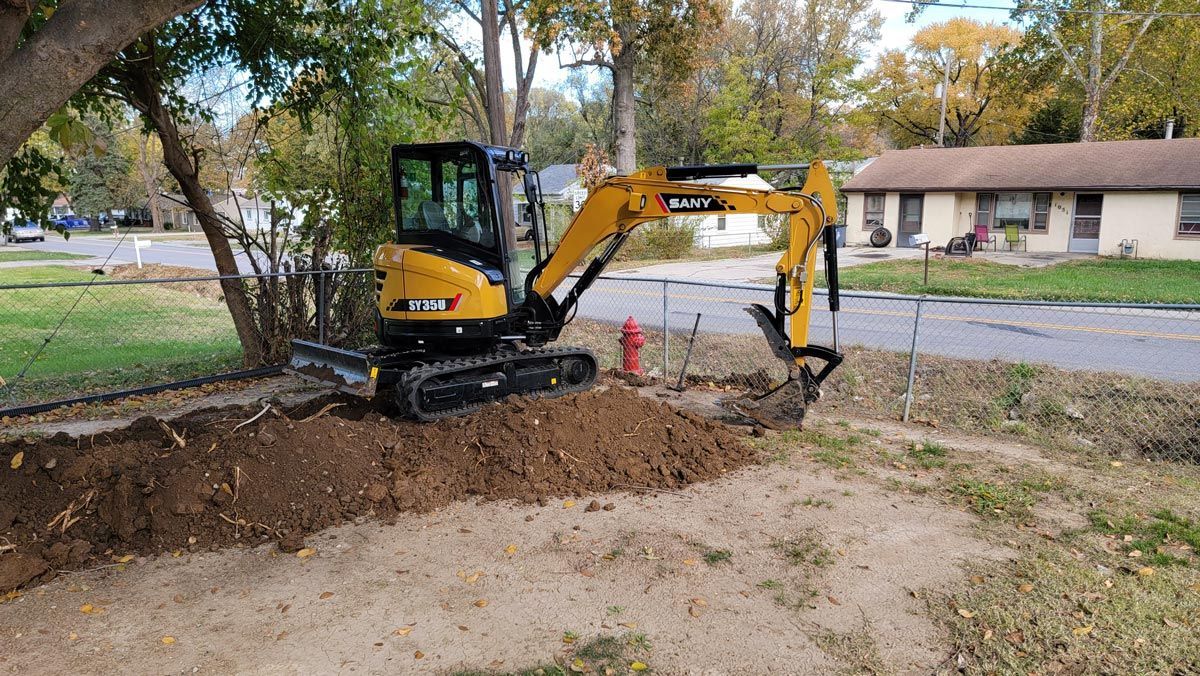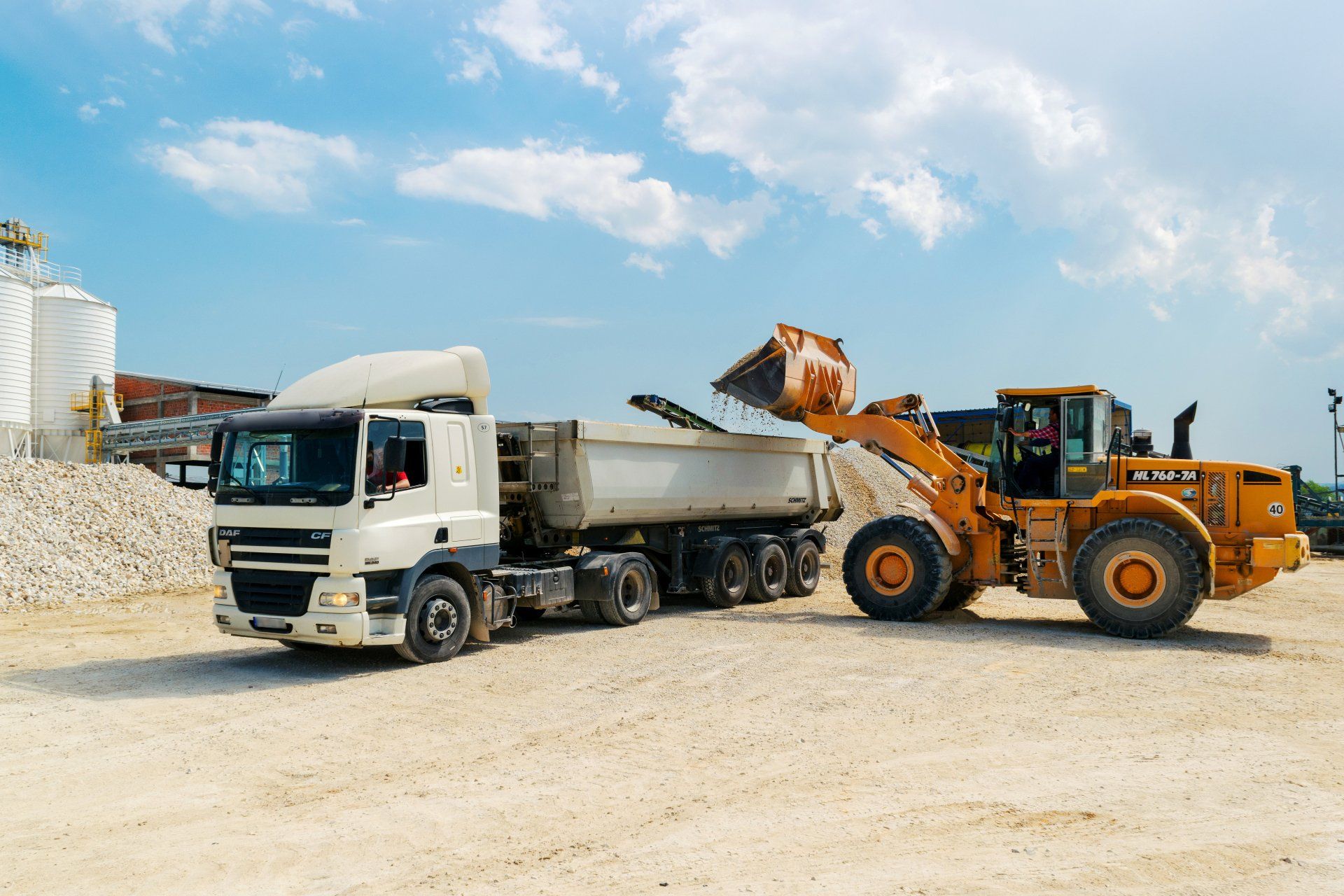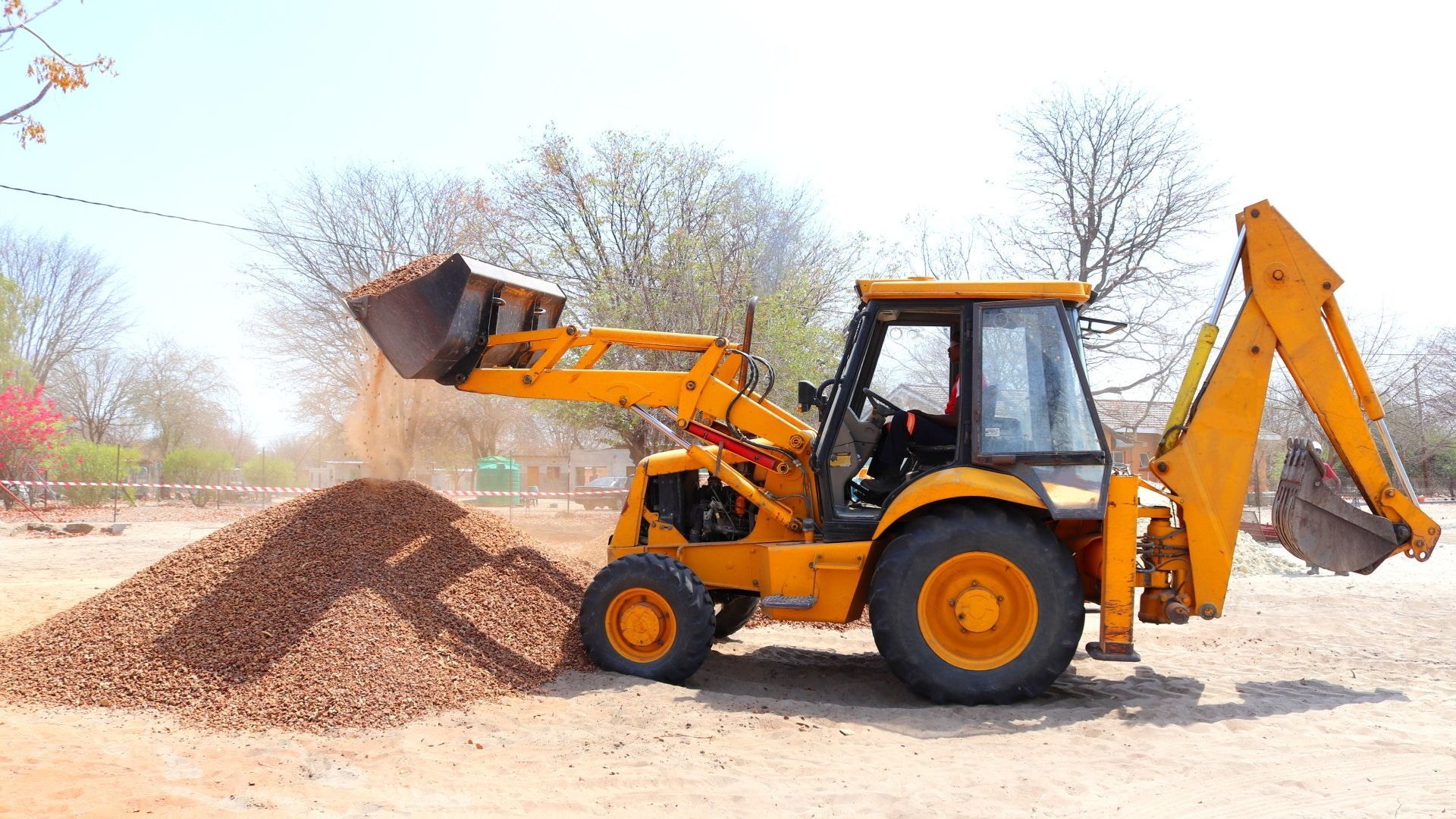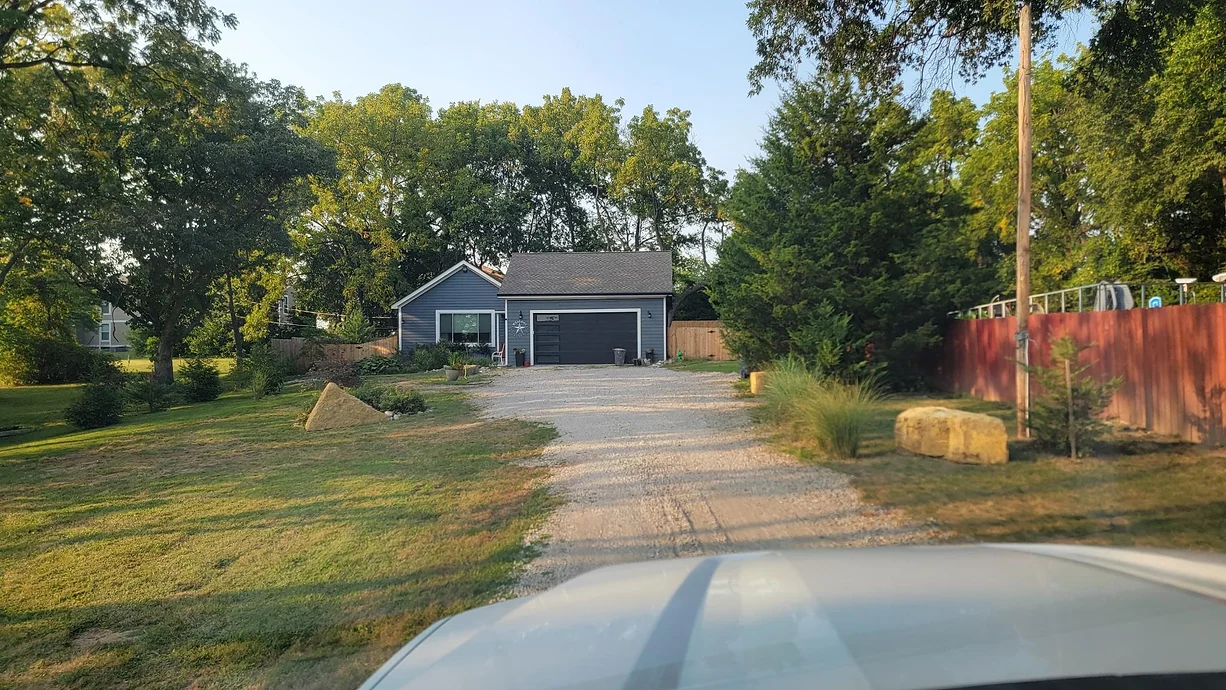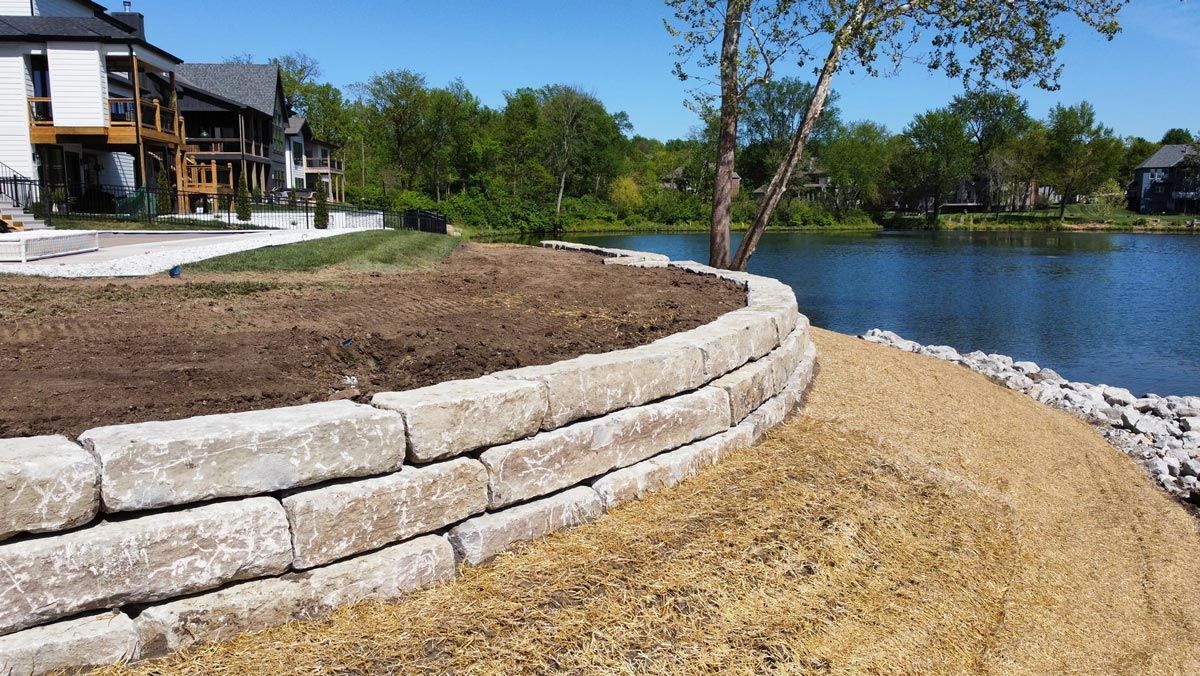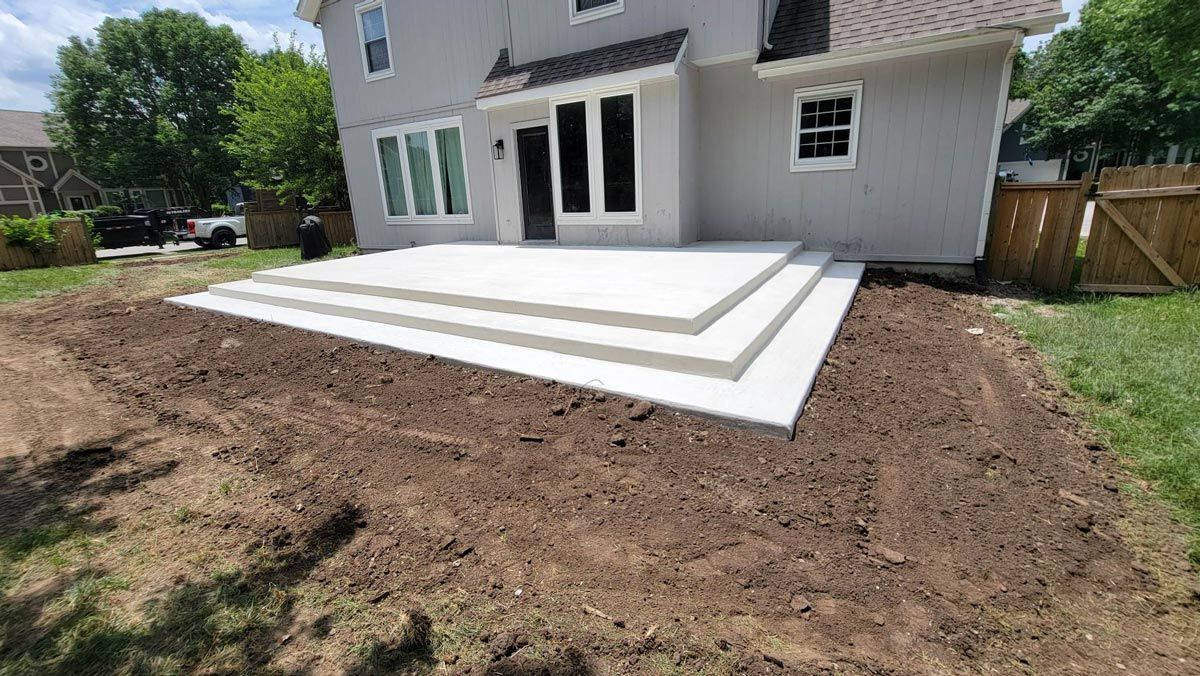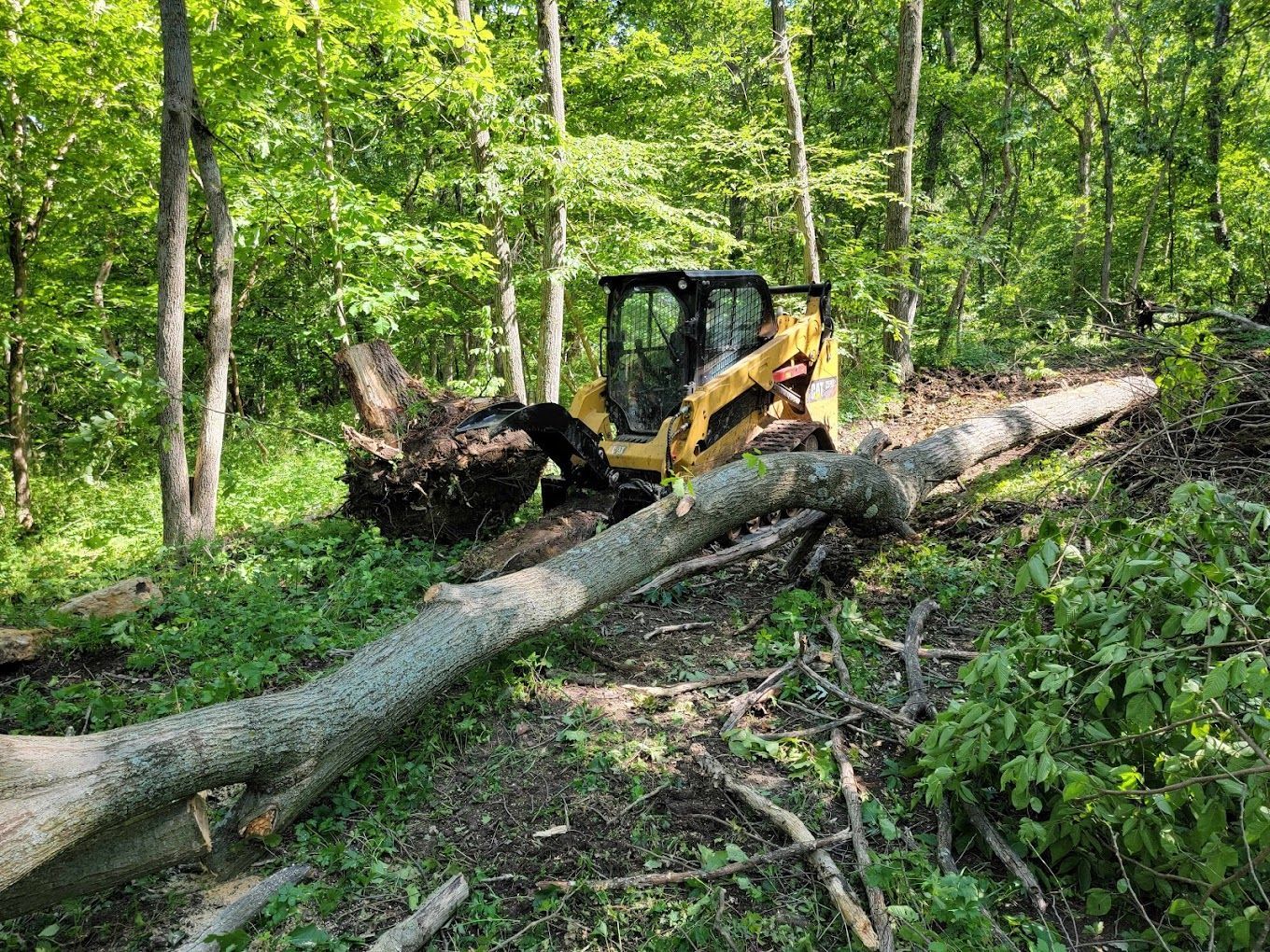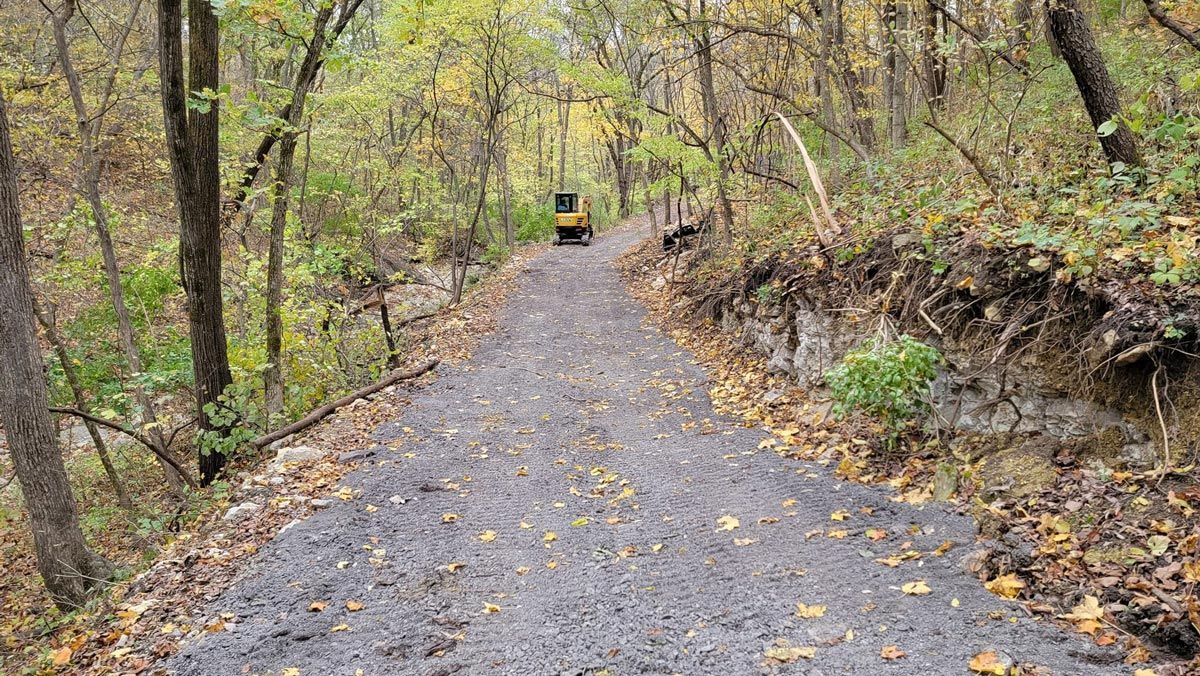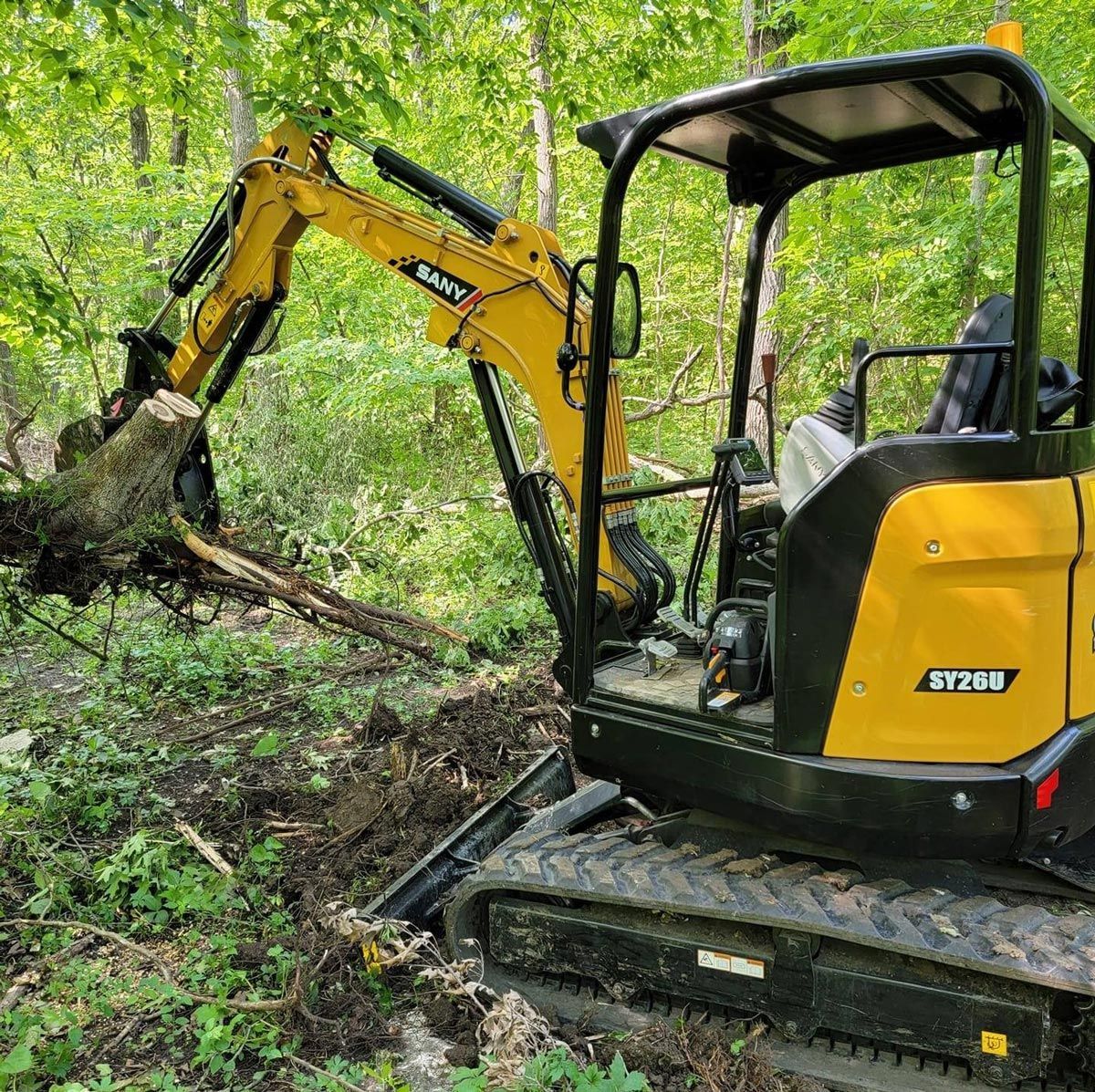French Drain Installation: Everything You Need to Know
Water management is a critical part of maintaining a healthy and functional yard. Whether you are dealing with a soggy lawn, basement flooding, or poor drainage around your property, installing a French drain can be a reliable solution. In this guide, we’ll cover everything from the basics of French drains to installation steps, materials needed, costs, and maintenance tips.
What is a French Drain?
A French drain is a trench filled with gravel or rock containing a perforated pipe that redirects surface water or groundwater away from an area. Named after Henry Flagg French, who popularized the method in the 19th century, these drains are widely used in residential, commercial, and agricultural settings.
French drains are especially effective for:
- Redirecting groundwater away from foundations
- Preventing basement flooding
- Reducing soil erosion
- Managing yard drainage to avoid water pooling
How a French Drain Works
French drains use gravity to move water. The perforated pipe collects excess water from the soil, and the gravel surrounding it filters debris and helps water flow smoothly. The drain is sloped to ensure water moves away from the problem area and is directed to a safe drainage point, such as a storm drain, dry well, or lower part of your yard.
The basic structure includes:
- Trench – dug along the problem area
- Gravel bed – ensures water flows freely and provides filtration
- Perforated pipe – collects and channels water
- Gravel cover – optional top layer for additional filtration
- Landscape fabric – prevents soil from clogging the gravel
Benefits of Installing a French Drain
Installing a French drain comes with multiple advantages:
- Prevents Basement Flooding: Basement leaks are a common problem for homeowners. A properly installed French drain diverts water away from your foundation, reducing the risk of flooding and water damage.
- Reduces Soil Erosion: Water pooling on slopes can wash away soil and damage landscaping. French drains direct water flow, protecting your yard from erosion.
- Protects Your Home’s Foundation: Excess water near your foundation can cause cracks and structural issues. A French drain keeps water at a safe distance.
- Improves Yard Drainage: Waterlogged lawns can stunt plant growth and damage grass. French drains prevent standing water, keeping your yard healthy.
- Low Maintenance Solution: Once installed, French drains require minimal maintenance. Occasional checks and clearing debris are generally sufficient.
- Versatile: French drains can be installed along foundations, around patios, behind retaining walls, or in problem areas in the yard.
Materials Needed for French Drain Installation
Before you start installation, gather these essential materials:
- Perforated PVC or corrugated pipe (usually 4-inch diameter)
- Gravel or crushed stone (1–2 inches in size)
- Landscape fabric
- Shovel or trenching tool
- Level and measuring tape
- Drainage outlet (storm drain, dry well, or lower yard area)
Step-by-Step French Drain Installation
Follow these steps to install a French drain properly:
Step 1: Plan the Drainage Route
Identify the area where water collects and plan the path for the drain. Ensure the trench leads to a safe outlet. Measure the slope; a French drain requires at least a 1% grade (1 inch drop per 8 feet) to allow water to flow naturally.
Step 2: Dig the Trench
Excavate a trench approximately 6 inches wide and 18–24 inches deep. The depth may vary depending on the water problem. The trench should slope downward toward the drainage point.
Step 3: Prepare the Trench Base
Line the trench with landscape fabric, leaving excess fabric on the sides to wrap over the gravel later. This prevents soil from clogging the drain.
Step 4: Add Gravel
Pour a 2–3 inch layer of gravel at the bottom of the trench to create a base for the pipe.
Step 5: Lay the Pipe
Place the perforated pipe on the gravel bed, ensuring the perforations face downward. Connect multiple pipe sections if needed.
Step 6: Cover the Pipe
Add more gravel over the pipe, filling the trench up to a few inches below the surface. Fold the landscape fabric over the top to prevent dirt from seeping in.
Step 7: Backfill and Finish
Backfill with soil or decorative stones to blend with the surrounding landscape. For areas with high foot traffic, topsoil and grass can be used.
Cost of French Drain Installation in 2025
Cost of French Drain Installation in 2025: $10–$30 per linear foot for DIY, $35–$100 per linear foot for professional installation, depending on materials, trench length, slope, and terrain.
| Type of Installation | Cost per Linear Foot | Notes |
|---|---|---|
| DIY Installation | $10 – $30 | Savings on labor; suitable for small projects |
| Professional Installation | $35 – $100 | Includes labor, materials, and expertise |
| Materials Only (Pipe & Gravel) | $5 – $15 | Depends on pipe type and gravel quality |
| Difficult Terrain / Rocky Soil | $50 – $120 | Extra labor for excavation and grading |
Key Factors Affecting Cost:
- Trench Length: Longer drains require more materials and labor.
- Pipe Type: PVC pipes are more durable and slightly costlier than corrugated pipes.
- Gravel Quality and Quantity: Larger or decorative gravel can increase material costs.
- Labor Costs: Professional installation is higher, especially in areas with higher wages.
- Terrain: Rocky, sloped, or hard-to-dig areas increase labor and equipment costs.
- Slope Requirements: More precise grading may require extra labor or excavation equipment.
Maintenance Tips for French Drains
French drains are low-maintenance but not maintenance-free. Here’s how to keep them working efficiently:
- Inspect annually – Check for clogs or sediment buildup.
- Remove debris – Keep leaves and soil away from the trench opening.
- Flush the pipe – Occasionally run water through the drain to clear blockages.
- Maintain slope – Ensure soil erosion has not altered the trench slope.
Final Thoughts
French drains are a simple yet effective solution for water management in your yard. Whether you are combating basement flooding, preventing soil erosion, or improving overall drainage, a properly installed French drain can save you time, money, and property damage.
While DIY installation is possible for small projects, complex drainage issues may require professional expertise. Regular inspection and maintenance will ensure your French drain works efficiently for years to come.
Ready to protect your home from water damage? Contact a professional today to install your French drain and secure your property.
Frequently Asked Questions
How deep and wide should a French drain be?
A typical French drain is 18–24 inches deep and 6–12 inches wide. Depth depends on water accumulation and soil type, while width ensures proper water flow and accommodates the perforated pipe and gravel.
Can I install a French drain myself?
Yes, DIY installation is possible for small yards or minor drainage issues. You’ll need proper tools, materials, and knowledge of trench slope. For complex drainage or large properties, hiring a professional is recommended to ensure effectiveness.
What type of pipe is best for a French drain?
Perforated PVC or flexible corrugated pipes are ideal. PVC is more durable and long-lasting, while corrugated pipes are easier to handle. Avoid solid pipes, as they won’t allow water to enter the system.
How much does it cost to install a French drain?
DIY installation ranges from $10–$30 per linear foot. Professional installation typically costs $35–$100 per linear foot, depending on trench length, terrain, materials, and labor rates in your area.
How do I maintain a French drain?
Maintenance is minimal but important. Check the drain annually for clogs, remove leaves or debris from the trench opening, flush the pipe with water if needed, and ensure the slope hasn’t been altered by soil erosion.
Where should I direct the water from my French drain?
Water should be directed to a safe outlet such as a storm drain, dry well, lower area of your yard, or natural drainage path. Avoid directing water toward neighboring properties or areas that could cause flooding.
Read More


